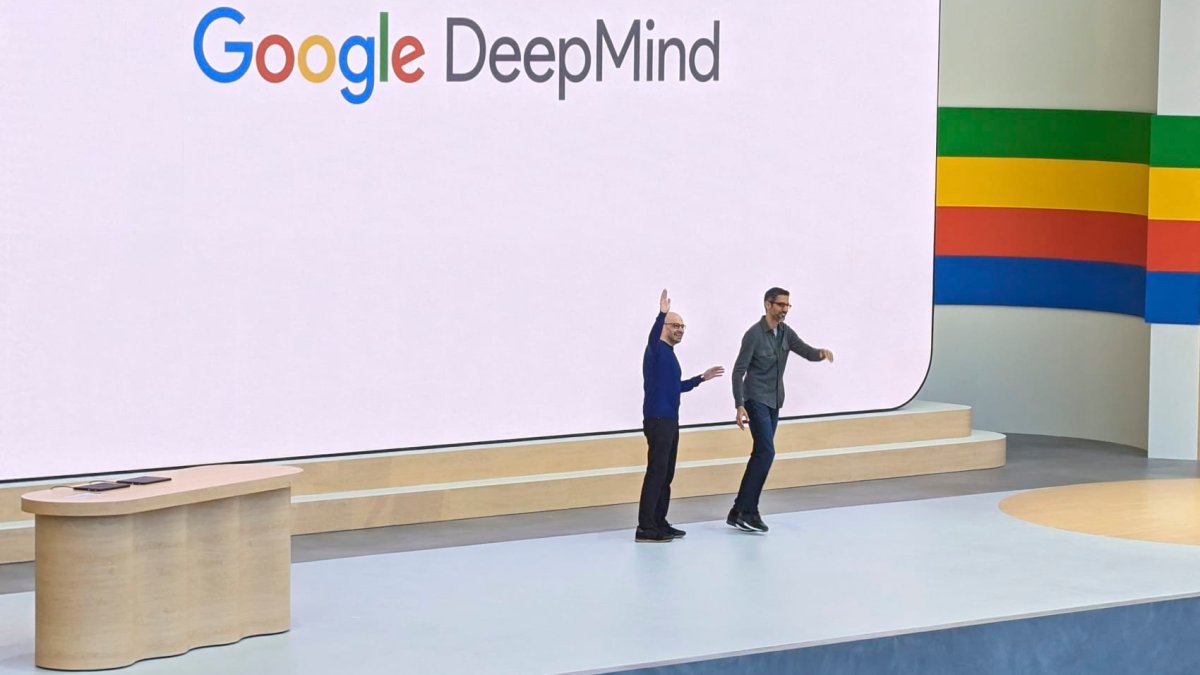DeepMind Plans to Utilize AI Models for Enhancing Physical Robots

Google DeepMind Introduces New AI Models for Robotics
Overview of Gemini 2.0
On Wednesday, Google DeepMind unveiled two new artificial intelligence models specifically designed for robotics. These models, named Gemini Robotics and Gemini Robotics-ER (Extended Reasoning), operate on the Gemini 2.0 platform. Google has described Gemini 2.0 as its "most capable" AI system to date, aimed at enhancing robotic applications beyond previous text and image tasks.
Collaboration with Apptronik
To advance its robotics initiative, Google has partnered with Apptronik, a Texas-based robotics company. This collaboration aims to develop the next generation of humanoid robots using the capabilities of Gemini 2.0. Apptronik has a history of working with esteemed organizations like Nvidia and NASA, and recently, Google participated in a significant funding round where Apptronik raised $350 million.
Demonstrations of Robotic Capabilities
In recently released demonstration videos, Apptronik robots equipped with the new AI models showcased various tasks. These robots demonstrated skills such as plugging devices into power sources, organizing lunchboxes, and manipulating plastic vegetables, all responding to vocal commands. However, Google has not yet revealed a timeline for when the public can expect to see these technologies commercially available.
Key Features Needed for Robotics AI
Google outlined three vital qualities that AI models for robotics should possess to be effective and beneficial for users:
- General Adaptability: Robots should be able to adjust to various situations and tasks.
- Interactivity: They need to respond quickly to commands and changes in their environment.
- Dexterity: The ability to perform tasks similar to human actions, such as manipulating objects skillfully with their hands.
Gemini Robotics-ER for Advanced Users
The Gemini Robotics-ER model serves as a foundational tool for roboticists looking to develop their AI models. In addition to Apptronik, it is available to select "trusted testers," including companies like Agile Robots, Agility Robotics, Boston Dynamics, and Enchanted Tools. This access allows developers to experiment and create tailored solutions for different robotic challenges.
The Competitive Landscape in AI Robotics
Google is not operating in isolation in the field of robotics. Notably, OpenAI has invested in a startup called Physical Intelligence, which focuses on implementing general-purpose AI in robotics. Their advancements aim to create large-scale AI models capable of powering various robotic functions.
Additionally, OpenAI has taken significant steps to augment its robotics division by hiring the former lead of Meta’s Orion augmented reality initiative. Companies like Tesla are also making strides in humanoid robotics with their Optimus robot, further intensifying competition in this evolving industry.
Google’s Vision for the Future
Google’s CEO, Sundar Pichai, emphasized the belief that robotics will serve as an important testing ground for translating AI developments into practical applications in the physical world. According to Pichai, the models will utilize Google’s multimodal AI technology to allow robots to adapt in real-time to their surroundings and tasks.
As the field evolves, these developments present fascinating possibilities for the future of robotics, showcasing how advanced AI can integrate seamlessly into everyday tasks and environments.
Final Remarks
With the advent of Gemini 2.0 and its collaborative efforts with Apptronik, Google is poised to lead the charge in integrating sophisticated AI into robotics, paving the way for innovations that could redefine human-robot interaction in daily life and various industries.






